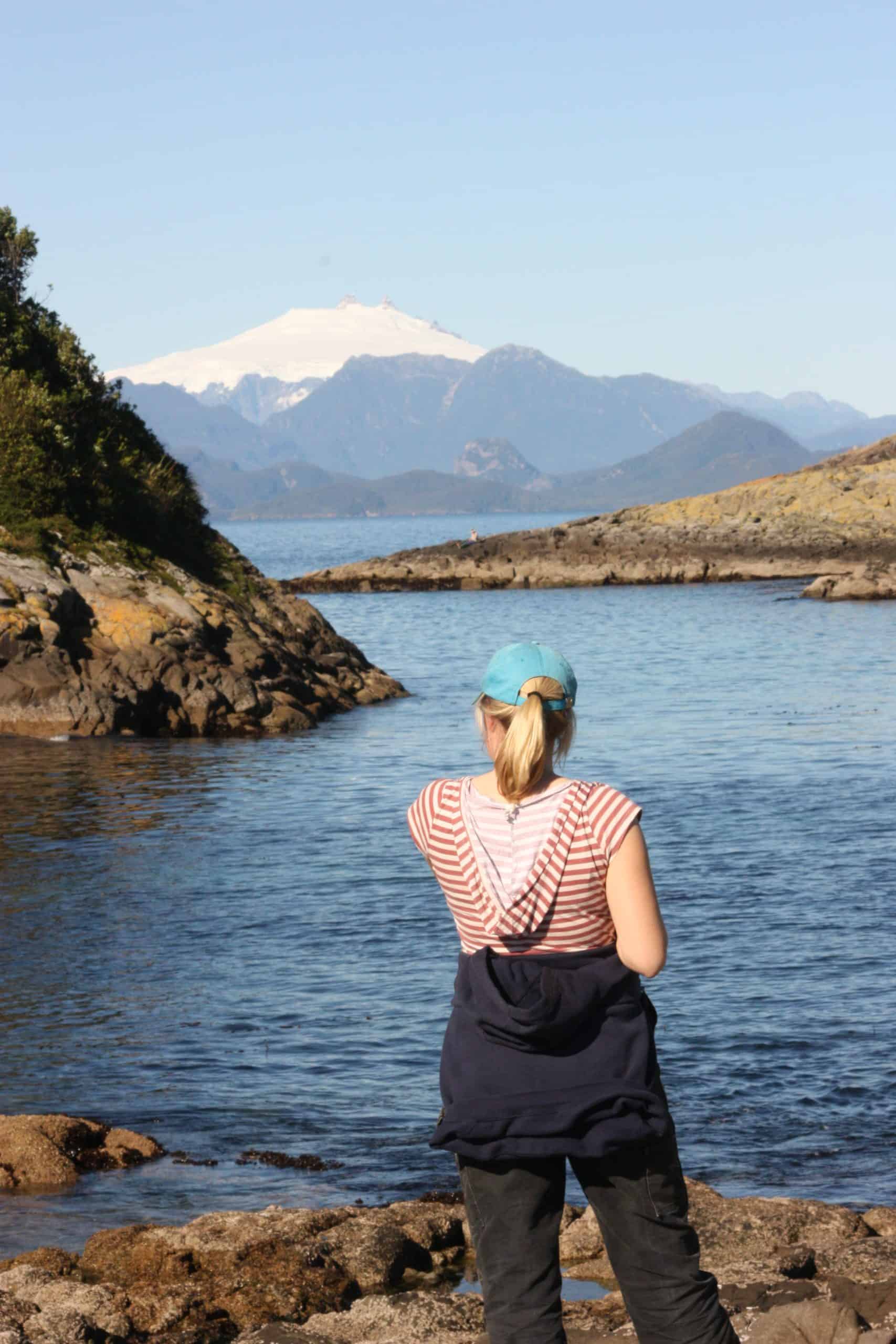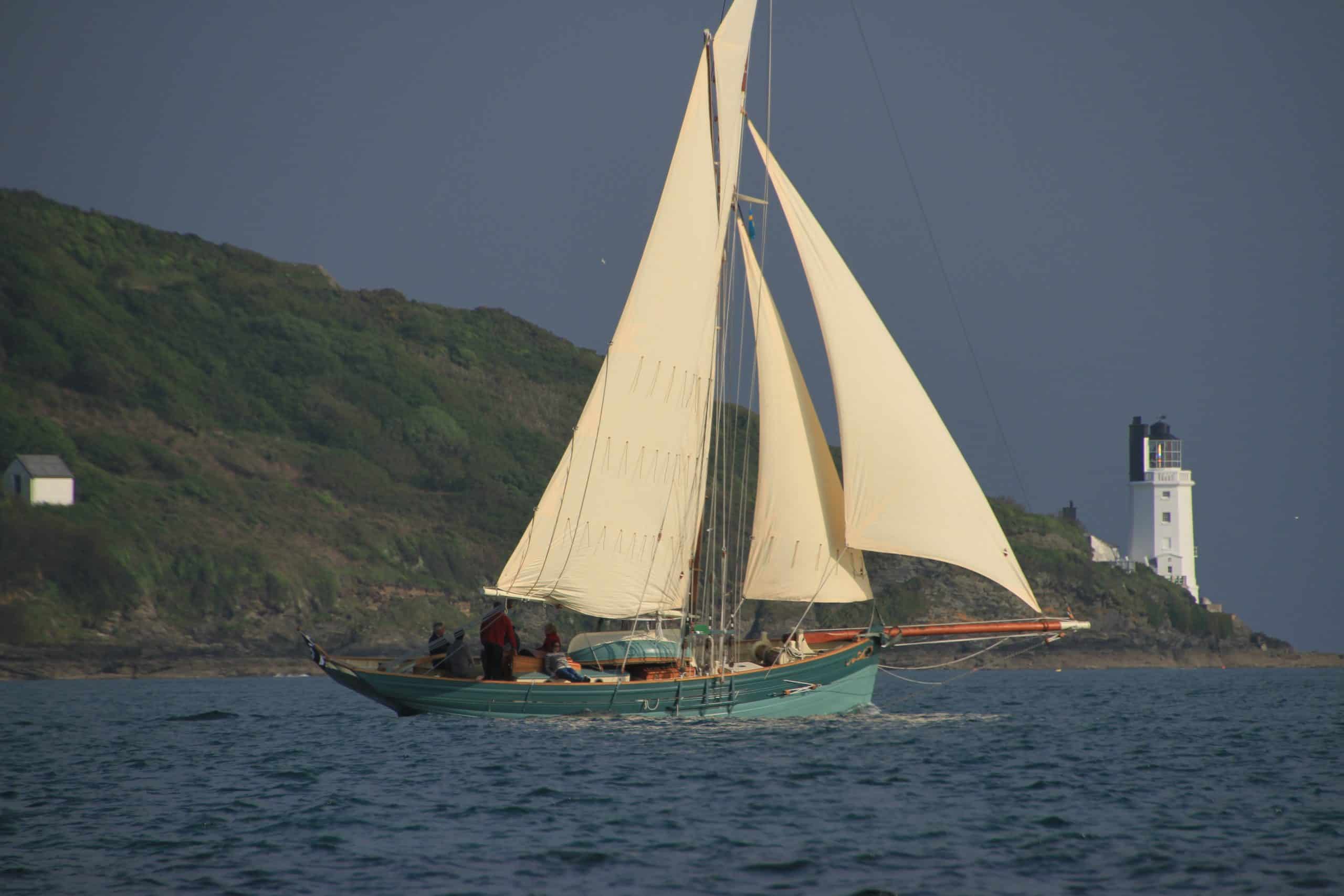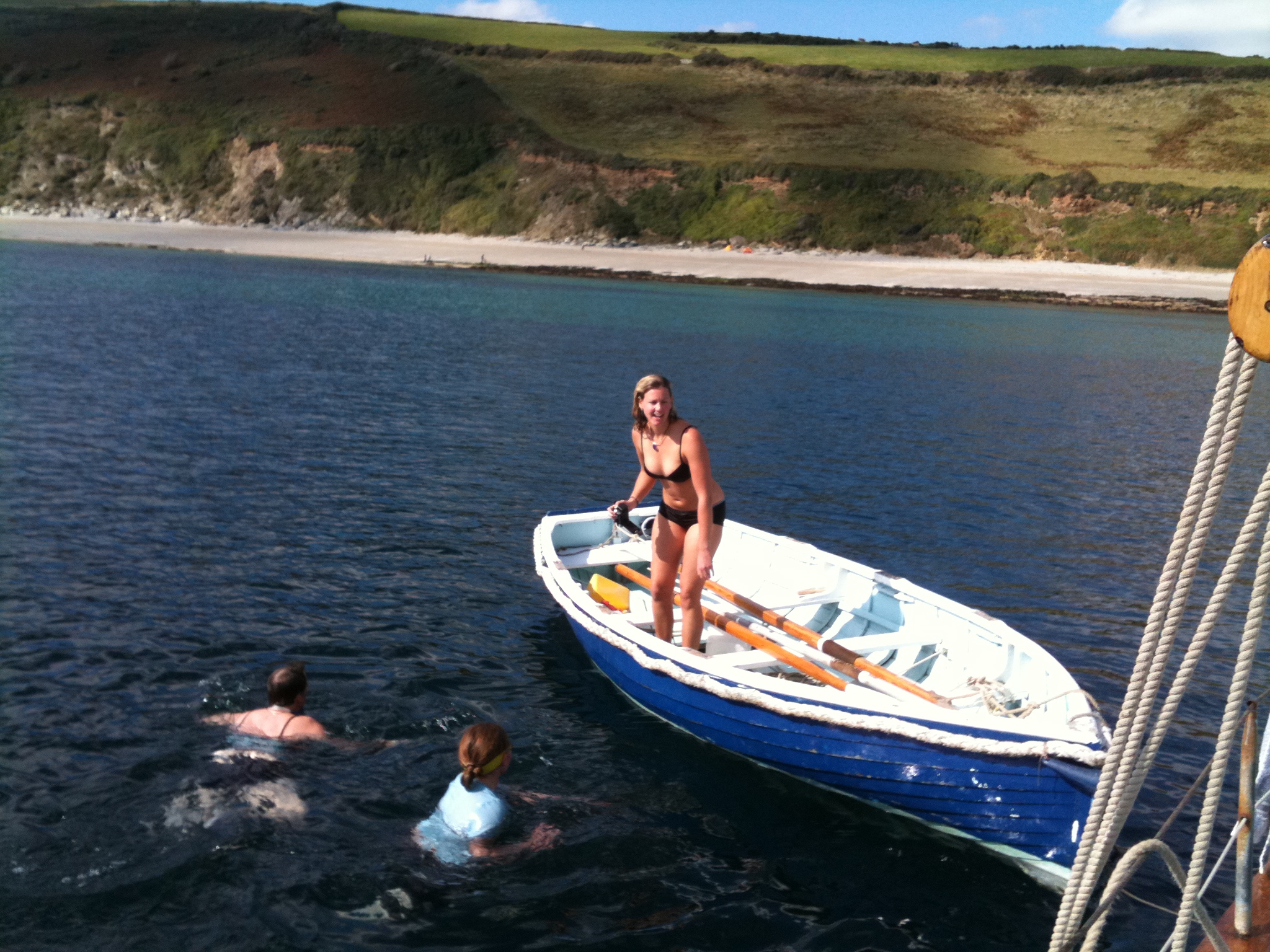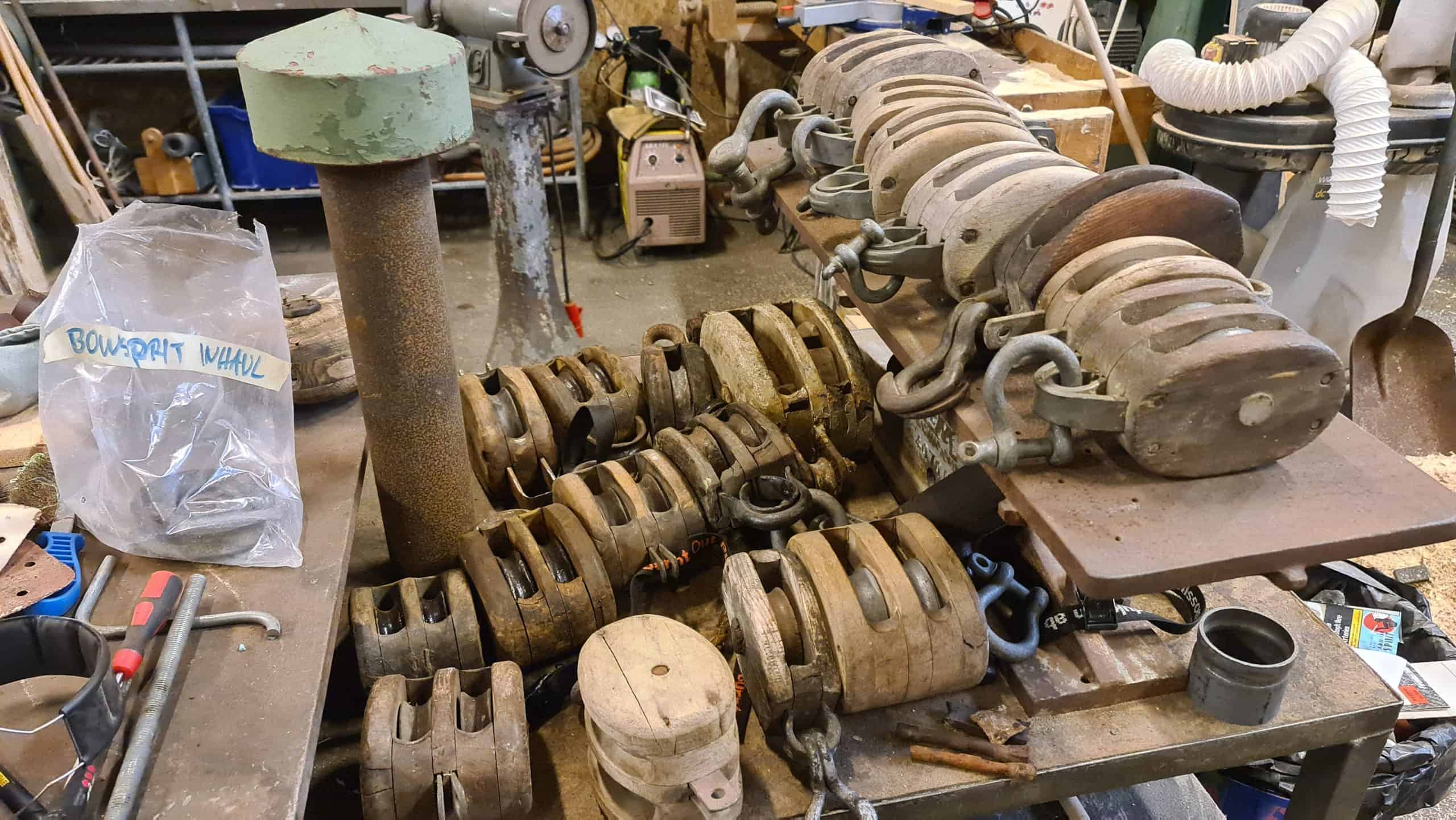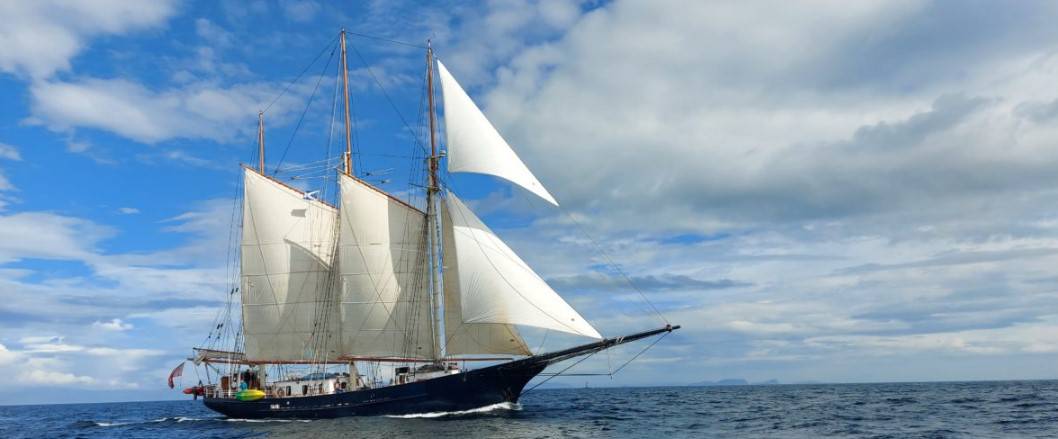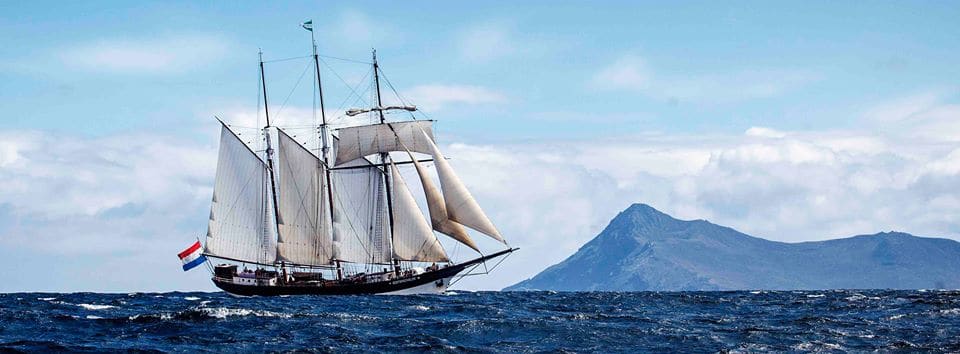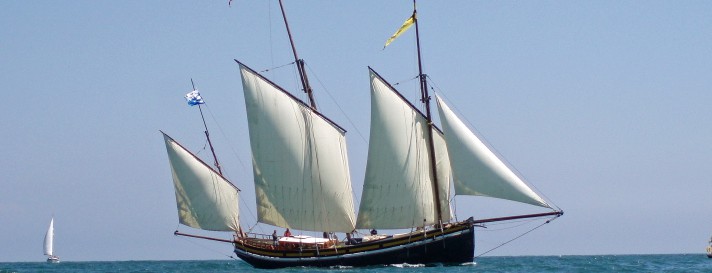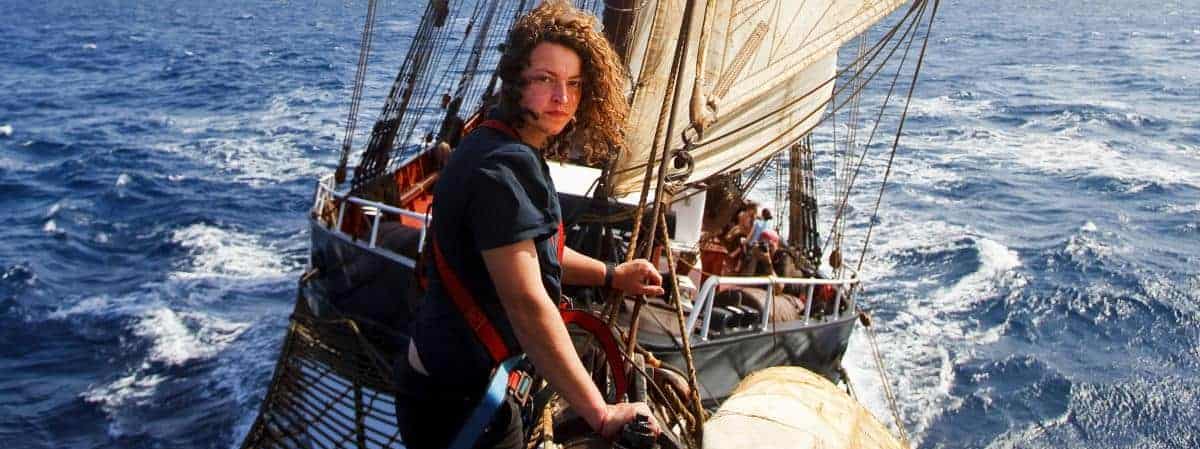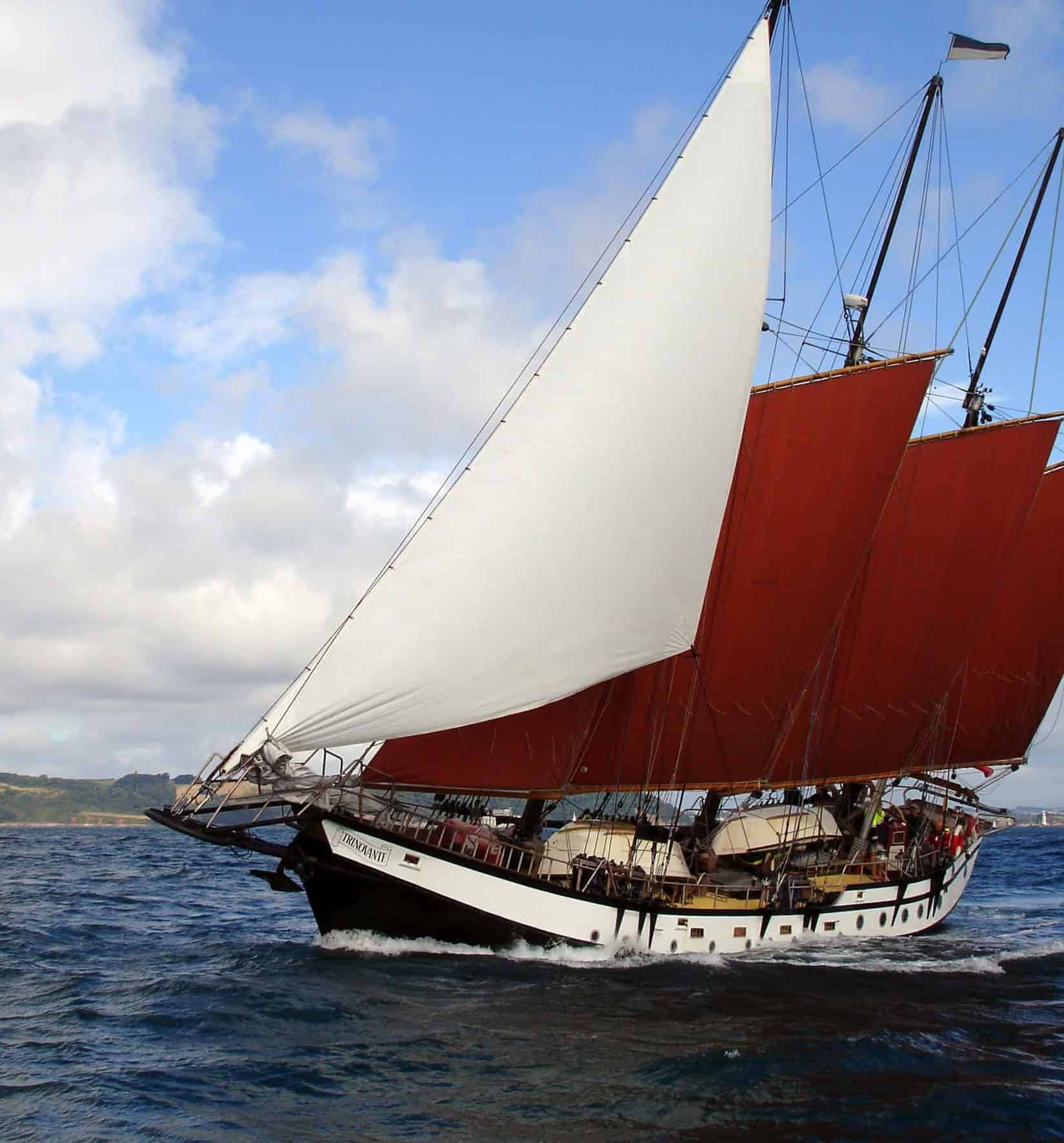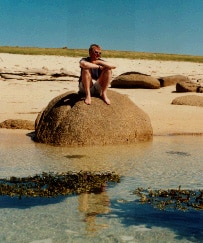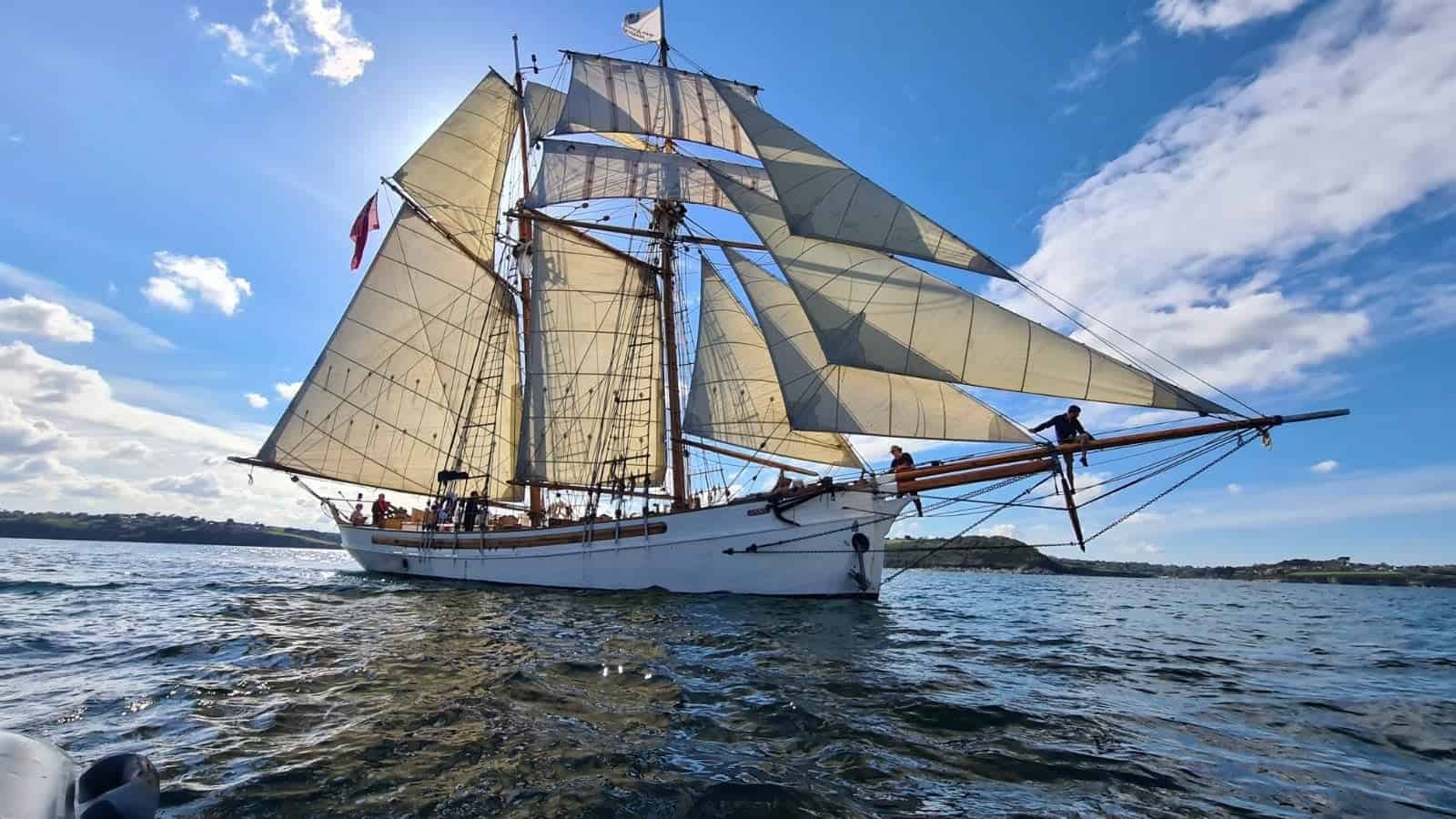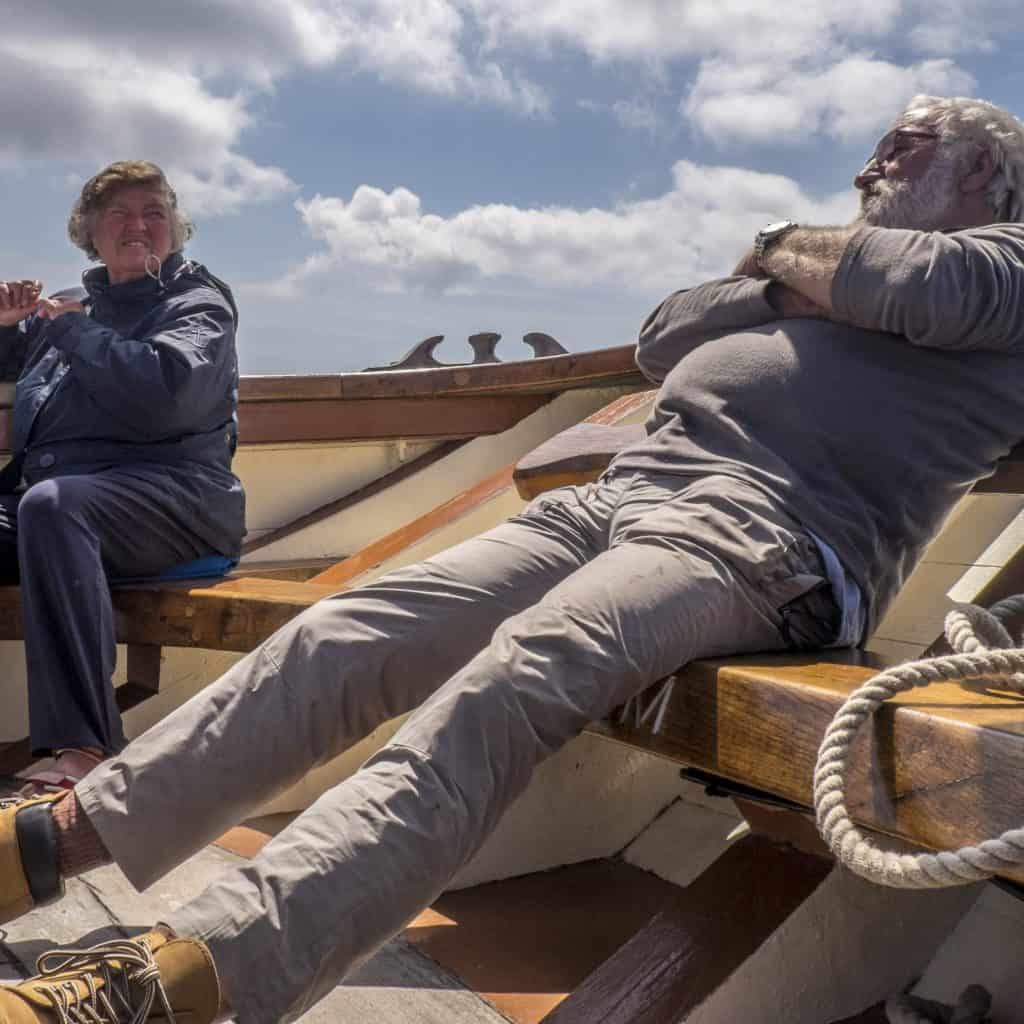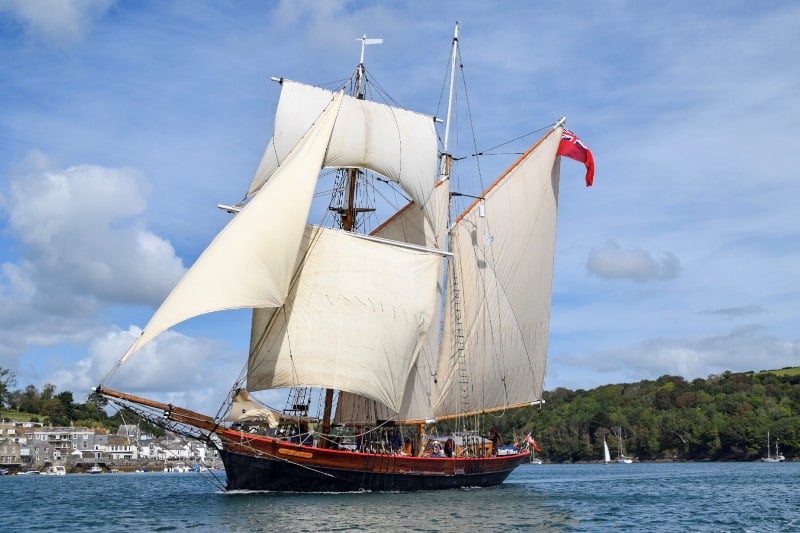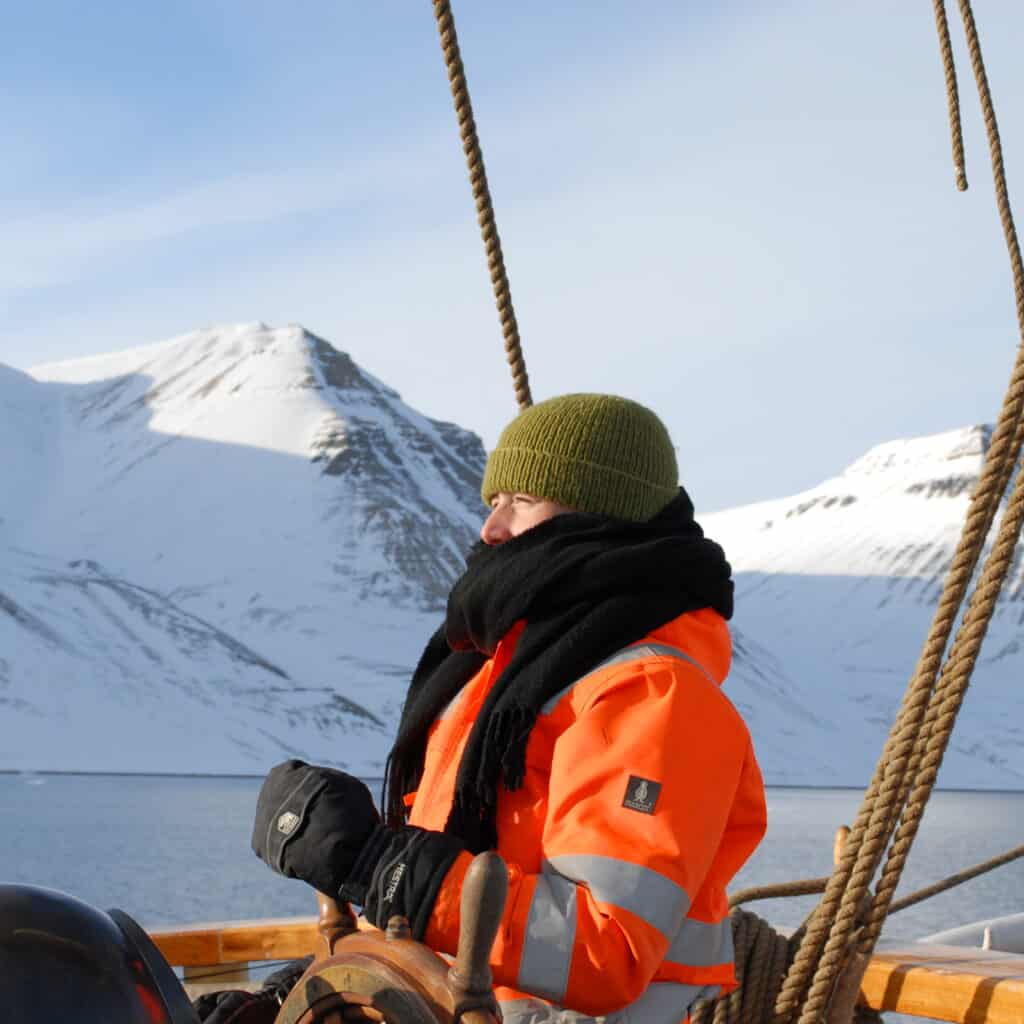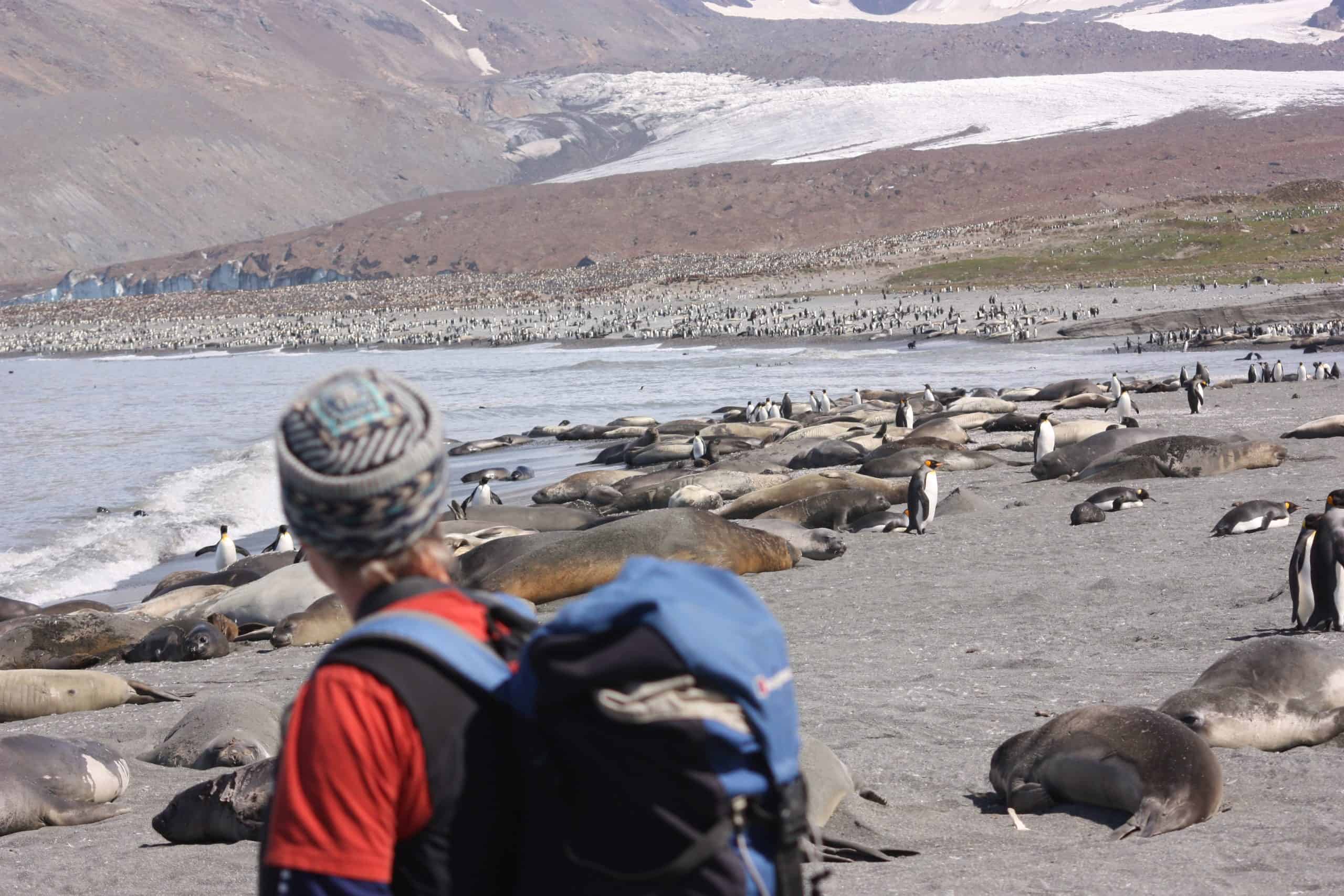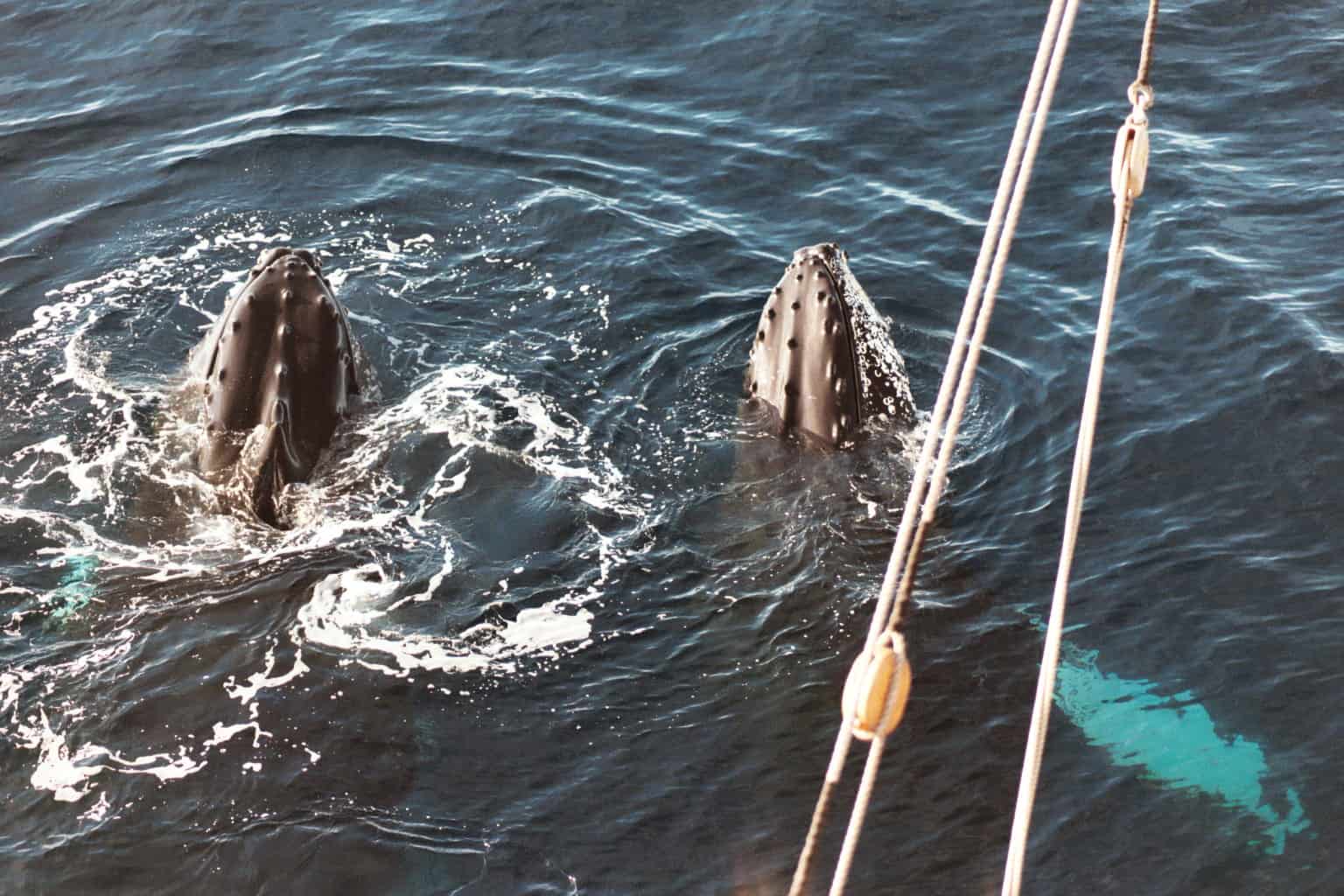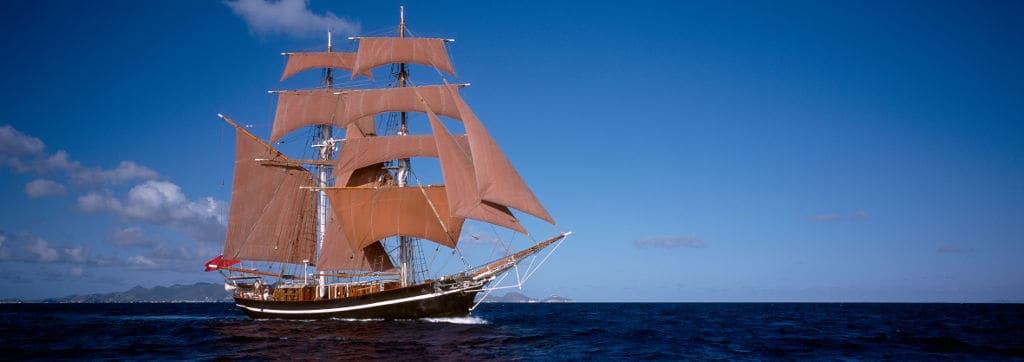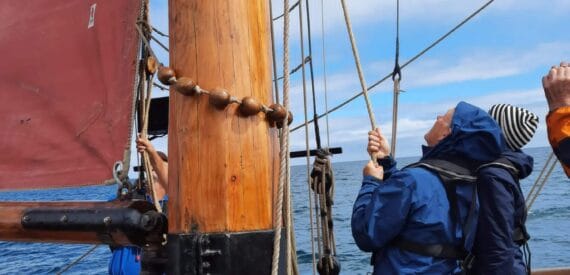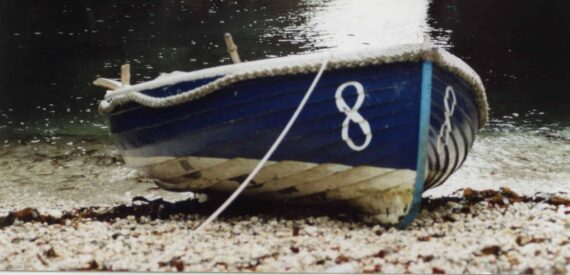Preparing for a long voyage.
With so many exciting voyages and events to choose from, we hope you have found the inspiration you need to step aboard and have the adventure of a lifetime!
We also hope that this page provides you with some useful information to help prepare for your voyage. If you have any questions or would like to discuss any aspect of your voyage please get in touch – we are a small, friendly team of professional Traditional sailors and we’re happy to help!
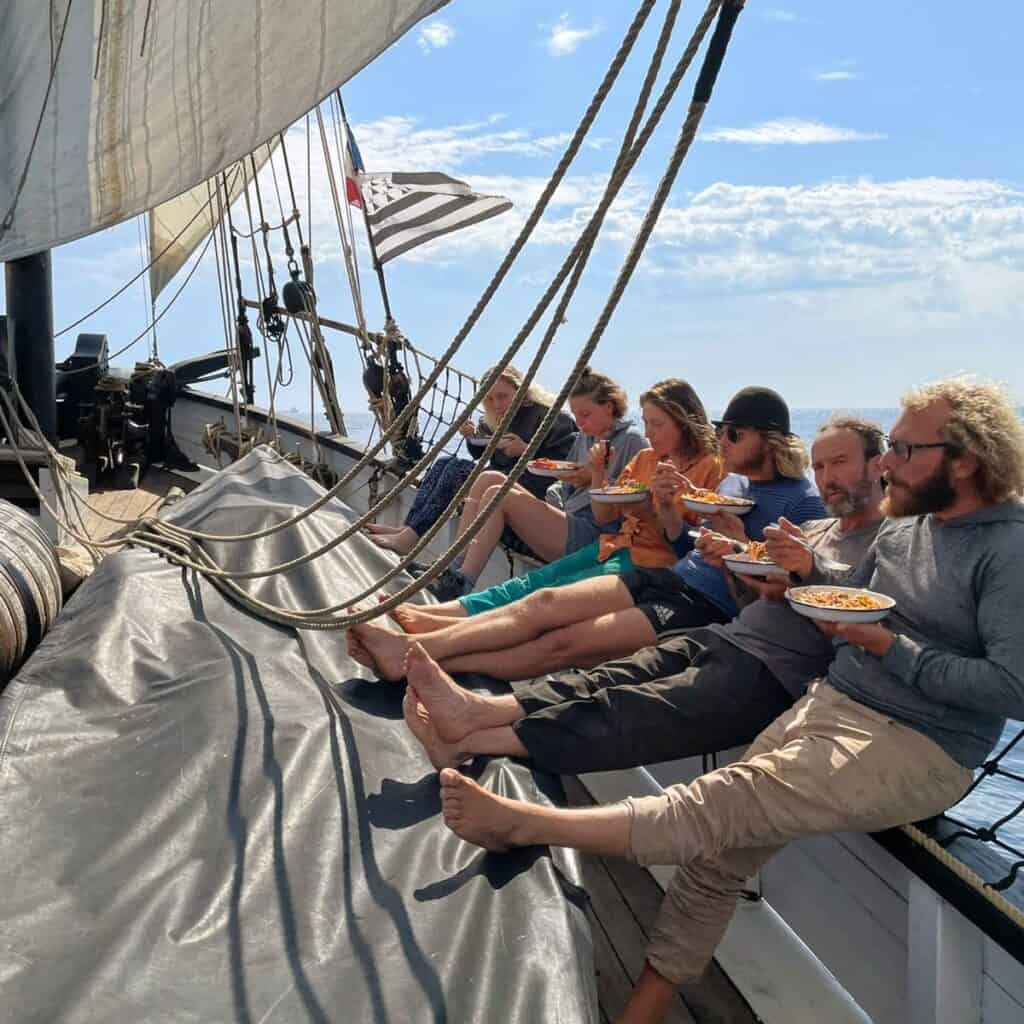
How to Prepare for a Long Voyage.
Getting ready for a big adventure is a lengthy process and we hope this article helps you on your way. We have recently created two excellent guides for those of you specifically interested in Tall Ships Events and the Ocean Warrior Expeditions.
Main Considerations
- Getting the time off – Retirement or sabbatical leave? Family and pets?
- Before you leave home – More than just remembering your passport!
- Travel to and from the voyage ports – Hotels, delays and avoiding flying.
- Off Watch and Downtime – What do you want to do with your free time when onboard?
Every week, we receive feedback from our guests who’s only criticism is “We wish our voyage was longer!” or “Didn’t want to go home!”
1. Getting the time off
We have an excellent article titled Time for a Change? that delves into the how’s and why’s of taking sabbaticals or career breaks and the benefits to you – and your employer! Here’s an excerpt:
Since the pandemic, many employers have realised that the conventional in-office 5-9 isn’t the only way to operate productively. With more & more employees requesting work-from-home hours, career breaks aren’t too far from the realms of possibility. Many organisations have procedures in place for career breaks for those with a minimum period of service – usually unpaid. Even if yours doesn’t, a period of unpaid leave can often be negotiated as employers are keen to be seen as pro-mental health and are reluctant to lose an experienced and member of staff. – see the full article here
Even if you are retired you will need to plan what happens ashore in your absence.
2. Before you leave home
Make sure your passport lasts at least 6 months beyond the end of your voyage.
Arrange to take with you sufficient medication if you are on a prescription or supplements of your choice.
Make sure anything you need done while you’re away is taken care of:
- Care for Pets and dependants is arranged well in advance,
- Utility bills, taxes and Insurance renewals,
- Friends and relatives Birthdays and anniversaries.
- Your landlord is informed if you are renting,
- Annual reviews are advanced or delayed either side of your voyage.
- Your absence is known by those that need to know.
- Anything that needs checking on regularly is taken care off from house plants to water pipes (if you’re leaving in the winter)
3. Travel to and from Voyage Ports
How to travel to the voyage ports, can you avoid flying?
It may make sense to book into a hotel before or after your voyage for a few days. This makes the embarking/disembarking less stressful and gives you time to explore a new area. Delaying your return by just a few days can even save you money! For example, If you’re due to travel back to the UK in the last week of August, bear in mind the price increase of travel during the school holidays – booking into a cheap hotel until the first week of September could save you £100’s in the long run!
Make the adventure really special by giving yourself time to travel on the land or sea to those ports. Bus and Coach travel is cheap and very extensive in nearly all countries and really reduces the need to fly – better for your pocket and the environment!
Freight ship passengers, join a cargo ship as a passenger.
- Slowtravel – Specialist in Freighter Travel worldwide – Langsamreisen
- Freighter Travel Costs and Questions
- Freighter Cruises Worldwide
- Voyages en Cargo
4. What do you want to do with your free time when onboard.
Are you looking forward to your phone not working, no interruptions, no texts or calls to answer? (Emergency messages can be sent and received via the ship’s systems.)
Here are 49 things you could be doing with your free time.
- Write your book
- Write a blog
- Compose music
- Write a play
- Read new and favourite books
- Listen to music
- Play music
- Shanty singing
- Do some sketching
- Help with the ships maintenance
- Contemplation – meditation
- Take photographs
- Edit your photos
- Poetry, writing, reading, reciting
- Podcasts, download a selection before boarding
- Watch the sea and its changing moods
- Watch a movie communally or on your laptop
- Keep a log of wildlife sightings
- Socialise with the crew
- Play cards and board games
- Play downloaded computer games
- Create and join in a Quiz night
- Tie knots rapidly
- Knit, crochet, embroidery or sow by hand, canvas bags etc
- Learn celestial navigation
- Study the night sky
- Learn about meteorology, and clouds in particular.
- Study the rigging
- See how the sails are set to best catch the wind
- Study Oceanography
- Learn about ocean currents above and below the surface.
- Daily exercises, pilates, yoga, HIT
- Ships are giant climbing frames to exercise on.
- Join any lectures or courses offered on board, or give your own.
- Create a ship’s play with the crew.
- Have a drink of alcohol: complying with the ships rules.
- Making wristbands
- Studying the ships chart
- Before your voyage download the appropriate Navigation Charts
- Buy paper charts to mark your daily position.
- Kumihimo weaving, cords and plaiting,
- Looking for the green flash,
- Watch the sunrise,
- Getting a new perspective on life,
- Watching the bow wave from the bowsprit,
- Going aloft to gaze at the ocean,
- Study your wake from the stern,
- Looking at the patterns of waves and swell,
- Notice the colours and light in the sea
Whatever you want to do onboard, getting ready for a big adventure will help you achieve your dreams. Prepare well and you’ll have a great time – remember, you can’t just nip home for something you have forgotten and internet connections are often non-existent at sea!
When on board
Preparing for being on watch.
What’s the routine?
Like ashore your day is divided into periods of work when you are on watch, your own free time, eating and sleeping. Depending on the ship they could have a variety of different watch rotas, There is a full explanation in the Tall Ship Guide Book.
On watch
Your ship will detail your duties when on watch and pin up a rota so you can check when you are on duty. The sail handling, helming are all going to be vessel specific.
Why are lookouts required?
The duty a lot of people think is boring is the lookout duty. Why not just use the radar and AIS. Well apart from anything else it is part of the ships procedures to keep a good lookout at all times and by this they mean with human eyes. When it’s cold and wet the length of time you are on watch should be reduced in line with severity of the weather.
Don’t miss out.
Lookout duty done thoroughly can be one of the most rewarding duties of a watch.
You will see more wildlife, spot dangers, shout out land ahoy if you follow a simple procedure detailed in the Tall Ship Guide Book.
Getting ready to go on watch at night.
You should have a good idea of the likely weather before you retire. Set up the clothing you will need in such a way it goes on quickly and quietly if you are in a shared cabin. Normally a crew member will be sent to wake you, if they are good they will also tell what it is like on deck.
Night Sky
The sky at night is often the highlight of the voyage, slightly exceeded by coming off the 4am to 8am watch for a lovely breakfast!
Enjoy
A long voyage is a great chance for lasting long time memories, enjoy.
Classic Sailing, run by professional sailors.
Long Voyages.
